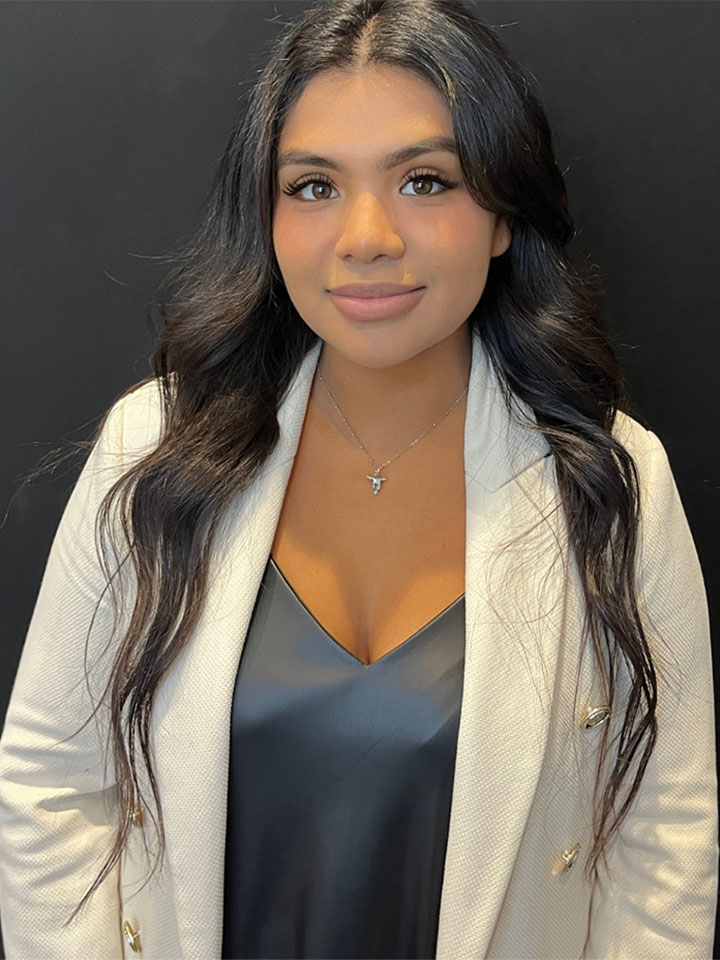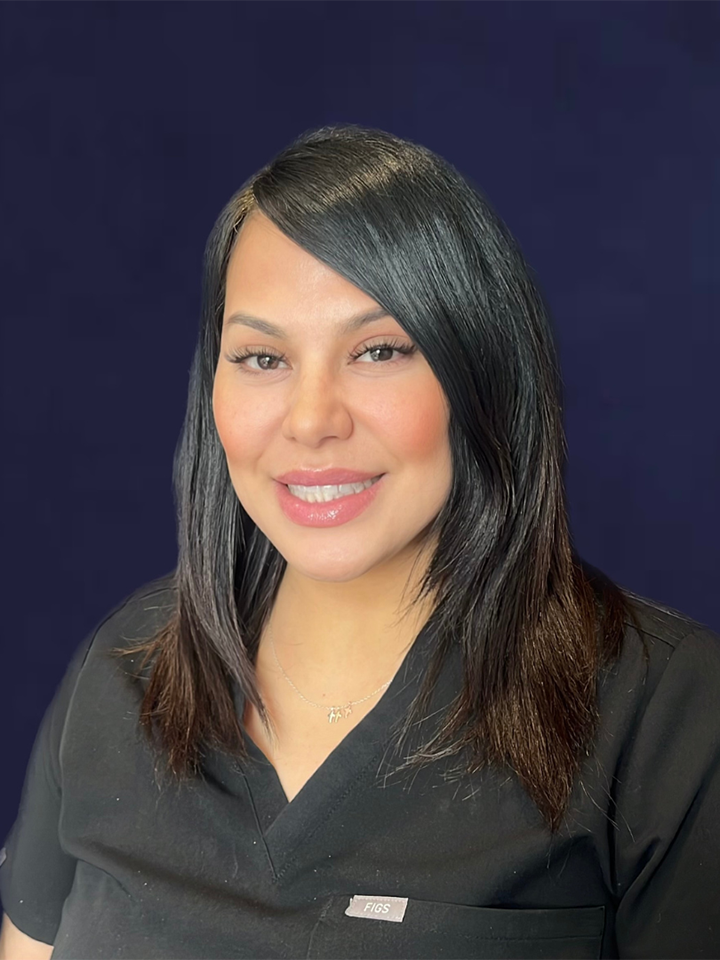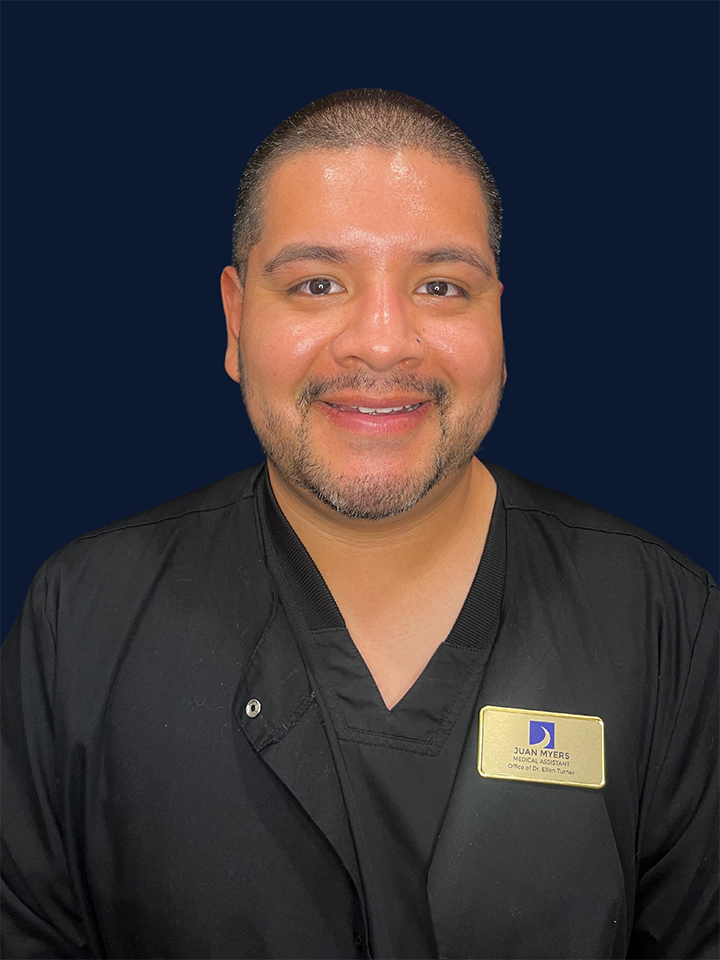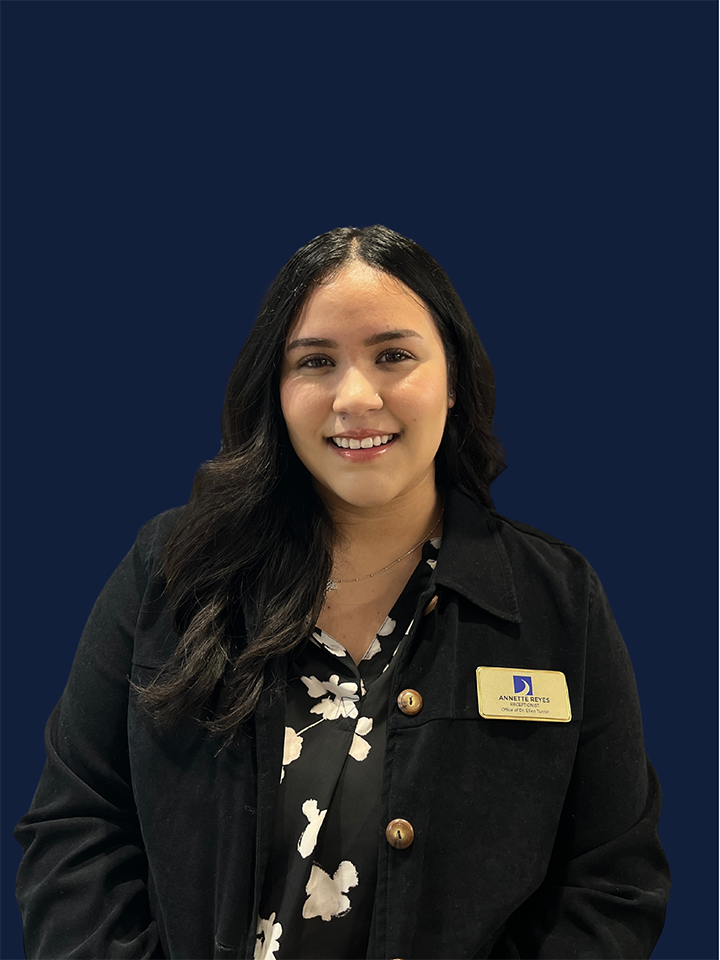Dallas Dermatology Office
Trust Your Skin to an Amazing Double-Board Certified Physician
Your skin is the body’s largest organ. So whether your concern is cosmetic or clinical, it deserves the highest quality of care only an experienced physician can provide.
Dallas Dermatology Office
Trust Your Skin to an Amazing Double-Board Certified Physician
Dallas | Texas
Welcome to the Dermatology Office
When seeking high-quality dermatological care, you want an experienced doctor who listens, responds and can effectively diagnose to treat your needs. With Dr. Turner, you can expect the highest standards in medical dermatology, innovative technology and personal diligence when choosing appropriate procedures for you.
The Dermatology Office
Double Board-Certified Dermatologist Dr. Ellen Turner Serves Irving, Dallas, and Beyond
Our Mission
We will always strive to provide the best dermatology and aesthetic care to our patients
customized according to their individual needs, as if they were our own family members or
friends. We will always educate our patients on their skin conditions and treatment plans
so that they leave our office with more knowledge, because we believe with that knowledge,
patients have power over their own health and well-being.
Meet our Team
Before & After Gallery
The Results Speak For Themselves
Compare & Share Your Favorite Before & After In
Our Photo Gallery.
*Results will vary from patient to patient









